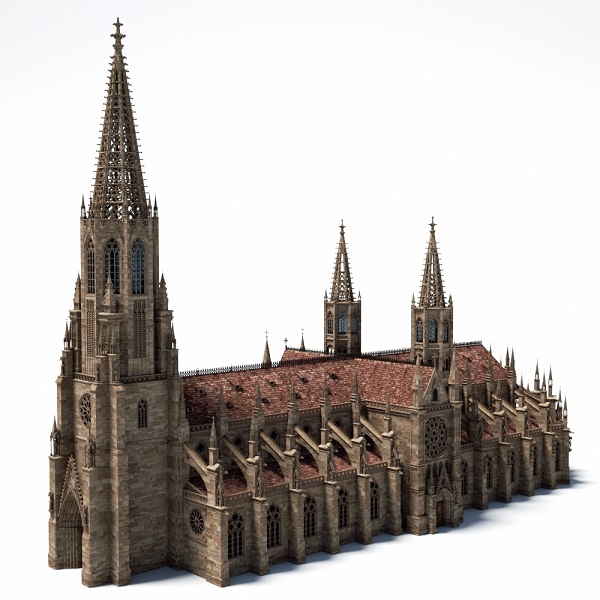The most popular style of music during the Ars Antiqua period was the motet—a vocal composition that, while rooted in sacred tradition, was heavily influenced by secular music. It originated from the works of composers associated with the Notre-Dame school and represents a blend of both sacred and secular elements.
As we saw in the previous post, composers moved from rural monasteries to urban centers. In the cities, they encountered and were influenced by secular music such as square dances and love songs. Composers in cities like Paris led very different lives from the monks in the countryside monasteries, and this contrast is reflected in their music.
The word motet comes from the French word mot, meaning “word.” It can be interpreted as “little word.” Let’s look at some key characteristics of the medieval motet:
- The tenor sings a single word or phrase, often adapted from a melismatic passage of Gregorian chant.(Sometimes an instrument replaces the tenor line.)
- The upper voices sing melodies and lyrics written by the composer. The texts may be in Latin or in the vernacular language (such as French or Italian).
- Different voices often sing different texts—sometimes even in different languages—at the same time, creating a layered and occasionally chaotic sound.
- Topics in the upper voices range from courtly love and pastoral scenes to political commentary and Christian devotion, especially to the Virgin Mary.
- Various rhythmic modes are employed.
Because the motet combined religious and secular elements, it was banned in many monasteries. The composers’ aim began to shift: instead of simply spreading the message of God, they sought to create new and joyful music. This marks a step in the broader cultural movement toward the Renaissance, a period that placed greater emphasis on human experience.
Let’s listen to some early motets…
Next …
Franconian motet by Franco of Cologne a late 13th century German composer
Petronian motet by Petrus de Cruce a 13th century French composer
Architecture – Gothic Style
The style of large churches that reach up to the heavens, such as Notre Dame Cathedral in Paris, is called the Gothic style. New construction methods made it possible to build large buildings with thinner walls due to wall supports on the outside (rounded arches).
This also made it possible to add large windows to the walls which made the churches brighter inside. Many beautiful, colorful stained glass windows were installed.
Various stories from the Bible can be seen in the stained glass. Since many people could not read, the Bible explanations were like old cartoons. When I was a child, I would get bored in church and often watch the stained glass cartoons.

